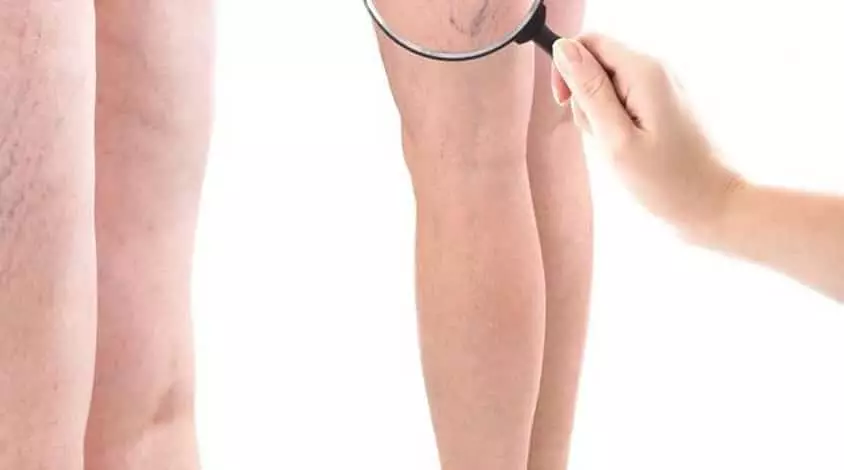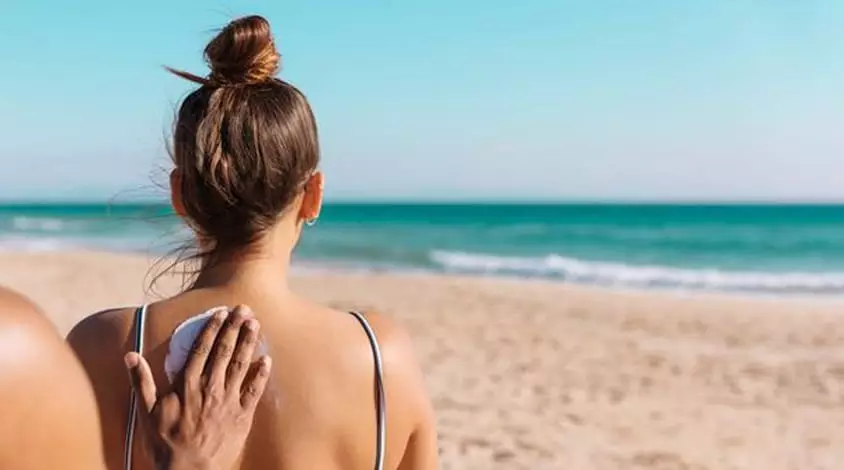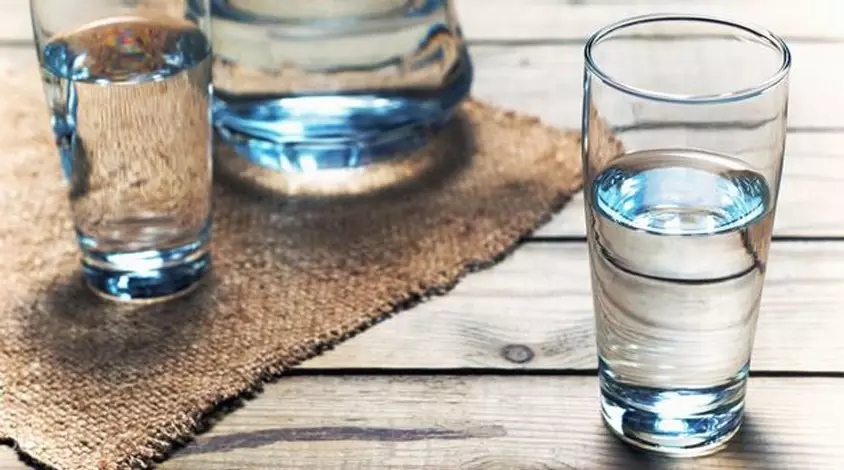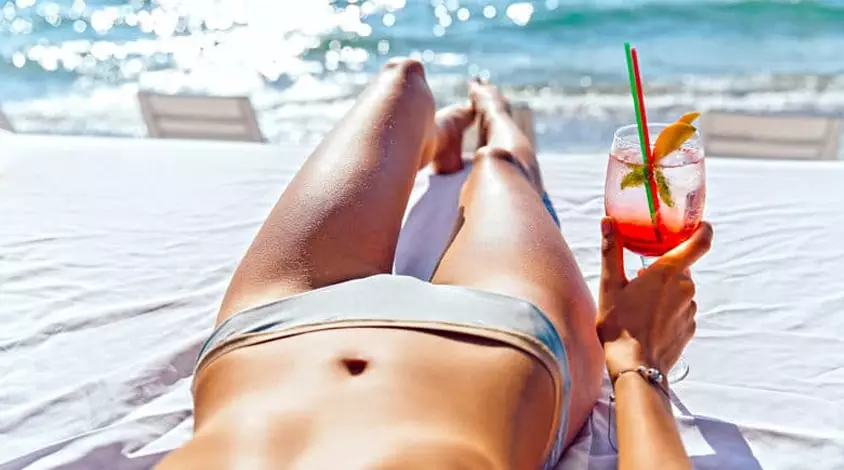Hot weather during the summer months exacerbates the signs and symptoms of varicose veins, but the good news is there are ways to stay comfortable even as temperatures soar.
As temperatures rise in the summer months, varicose vein symptoms often increase. If you have varicose veins, you’ve probably noticed an increase in pain, swelling, and throbbing caused by swollen veins in your legs or feet during the summer months.
There is an obvious reason for this situation; rising air temperature. Hot weather can worsen the discomfort that varicose vein patients already deal with on a daily basis. This occurs because of the way our circulatory system copes with the effects of extremely high temperatures.
Why Is Hot Weather Bad for Varicose Veins?

Temperature increase; It exacerbates the underlying cause of existing varicose veins in the one-way valves in our leg veins. These valves are responsible for pumping blood from the extremities back to the heart. But sometimes the valves weaken due to various risk factors such as sitting or standing for long periods of time, obesity, heredity and pregnancy.
When weakened valves cannot push blood upwards towards the heart, the vessel walls become further stretched by this trapped blood. This leads to the classic symptoms of varicose veins, causing twisted blue or purple veins that appear throughout the legs and feet.
In summer, this accumulation of blood in the veins increases with temperature. To cool down, our blood vessels dilate and force fluids—in the form of sweat—to the skin surface. Veins with healthy valves can accommodate this extra blood flow. Veins with damaged valves cannot circulate properly, which intensifies the swelling and pain of varicose veins.
Precautions to be taken to reduce complaints caused by varicose veins

Taking five precautions to reduce the complaints of varicose vein patients during the summer months will minimize pain and swelling and allow you to enjoy the warm weather.

Drink Plenty of Water: Dehydration causes muscle cramps and leg swelling, so be sure to drink plenty of water to keep your veins functioning properly. Also avoid alcoholic beverages, which can cause dehydration.
Stay Out of the Midday Sun: Staying active and exercising is a great way to reduce varicose vein symptoms. However, during the summer months, plan your outdoor workouts for the evening hours when temperatures drop. Exercising when the sun and heat are strongest can irritate varicose veins. If you exercise outdoors, try swimming and walking in the evening. These activities not only cool you down, but they also work the calf muscles, promoting good circulation.

Keep Your Legs Cool: If you’re sunbathing, wet a towel with cold water and spread it over your legs. Shower or bath with cooler water to shrink blood vessels and reduce swelling. And whenever possible, stay in air-conditioned areas.
Keep Your Legs Off the Floor: Prop your legs on a pillow for 15 to 20 minutes at least three times a day to encourage blood flow from the legs to the heart. This relieves the swelling and heaviness often associated with varicose veins.
Wear Compression Stockings: Wear a pair of compression stockings to slow the leakage of the vein valves and provide extra push. If you feel hot on the socks, you can slightly wet the socks with cold water.
Healing Varicose Veins
At Istanbul Vein Center, our experts advise many of our patients whose varicose vein symptoms worsen with the summer heat; They offer treatment methods to reduce the swelling and pain of varicose veins. Additionally, our services include several minimally invasive treatment methods that can rid you of varicose veins permanently. You can contact us to enjoy your summer without varicose veins and to get more detailed information.




Leave a comment